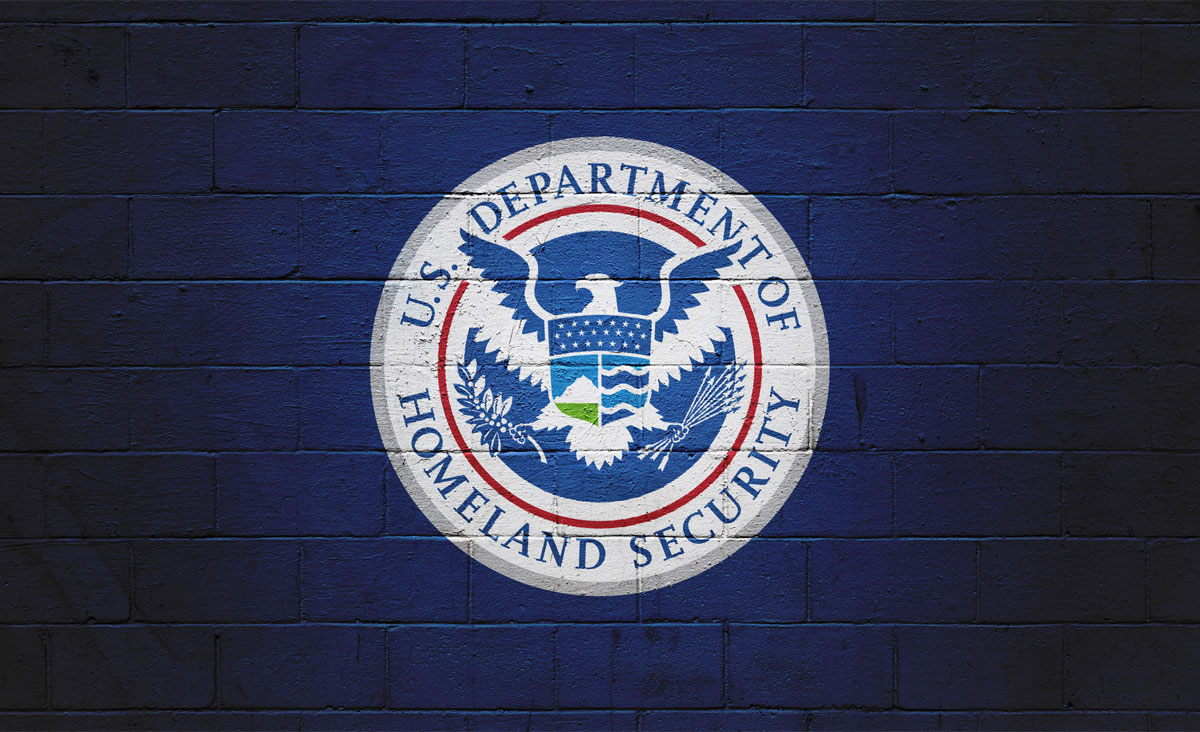The Department of Homeland Security recently published its Homeland Threat Assessment for 2024, a document in which the DHS detailed the issues, emerging trends, and potential risks that could come into focus this year.
The DHS – which oversees numerous government agencies such as the Cybersecurity and Infrastructure Security Agency, the Federal Emergency Management Agency, U.S. Customs and Border Protection, and more – exists to identify, assess, and address security issues, monitor ongoing domestic and foreign threats, and assist with recovery from disasters. As such, its responsibilities are wide-reaching and complex, and its efforts typically involve the cooperation and coordination of multiple agencies.
The key issues facing DHS professionals follow broader global trends, including the issue of climate change and its impact on the world, as well as the expansion of internet-connected technology and surveillance. Here are four current issues in homeland security.
1. Digital Infrastructure Risks
Although the digital revolution has been heralded for its many benefits – allowing instantaneous communication across the world and creating more efficient markets – it has also brought tremendous risk. As more elements of the global supply chain connect to the internet, each one of them becomes a potential target for malicious use or disruption.
Because technology develops so fast and often happens outside of traditional government oversight, it can be difficult to keep up by creating security standards that truly protect consumers and organizations from cyberattacks. The shocks created by the COVID-19 pandemic raised awareness of the vulnerabilities inherent in a globally-connected supply chain, and the DHS will be focused on securing the nation’s digital infrastructure as a key component of its 2024 threat mitigation strategy.
Related: Exploring the Department of Homeland Security’s Role in Cybersecurity
2. Artificial Intelligence
Another key area that the DHS has identified as a risk factor is the growth of generative AI, which can allow people to rapidly create content that can be deceptive to untrained readers. Although the title of “artificial intelligence” may not be entirely accurate, skilled users have the potential to trick unsuspecting consumers with these technologies, bypass traditional security measures, and multiply the impact of misinformation about domestic and foreign situations.
Although there is already high potential for regulatory pressure to curtail the usage of these technologies, the efficacy of this legislation will be limited to the nations where it is put in place, and as such will be difficult to enforce. DHS professionals are developing other means of countering these tools, including education programs, collaboration with social media companies to root out misinformation, and other efforts.
3. Misinformation
A major test for the DHS will be the 2024 presidential election. If current trends hold, this election will take place during a record low-point for American confidence in institutional legitimacy, which means a heightened risk of civil unrest and a population highly susceptible to misinformation from domestic and foreign actors. DHS professionals are strategizing to assist public and private organizations with tools and methods to counter misinformation.
4. Climate Change
Increasing temperatures and rising sea levels are symptoms of the global problem of climate change. These symptoms have countless secondary effects, many of which bring them into the professional purview of the DHS. In certain regions, this means stronger and more frequent hurricanes, testing domestic preparedness and resilience. In other regions, it means more extreme seasons, with lengthy dry spells broken by torrential rain that lasts weeks. Even gradual changes in precipitation and heat can have major effects on infrastructure and survivability.
Thankfully, new technology can help DHS professionals map and predict these risks, allowing agencies to collaborate more efficiently to allocate resources for recovery or even prevent issues before they happen. A proactive approach to climate education and disaster preparedness is also critical, as climate change promises to bring more change and unpredictability to the day to day life of Americans in many regions.
Homeland Security Education at CSU
Here at Columbia Southern University, our online homeland security degree programs combine a foundational education in the skills and philosophy of homeland security practices with an analytical framework you can use to look to the future. Being able to understand the wide-reaching nature of these risks and the ways they can impact each other is essential for a career in homeland security.
To learn more about CSU’s online degree programs in homeland security at the bachelor’s and master’s degree levels, visit our website.
Multiple factors, including prior experience, geography and degree field, affect career outcomes. CSU does not guarantee a job, promotion, salary increase, eligibility for a position, or other career growth.





